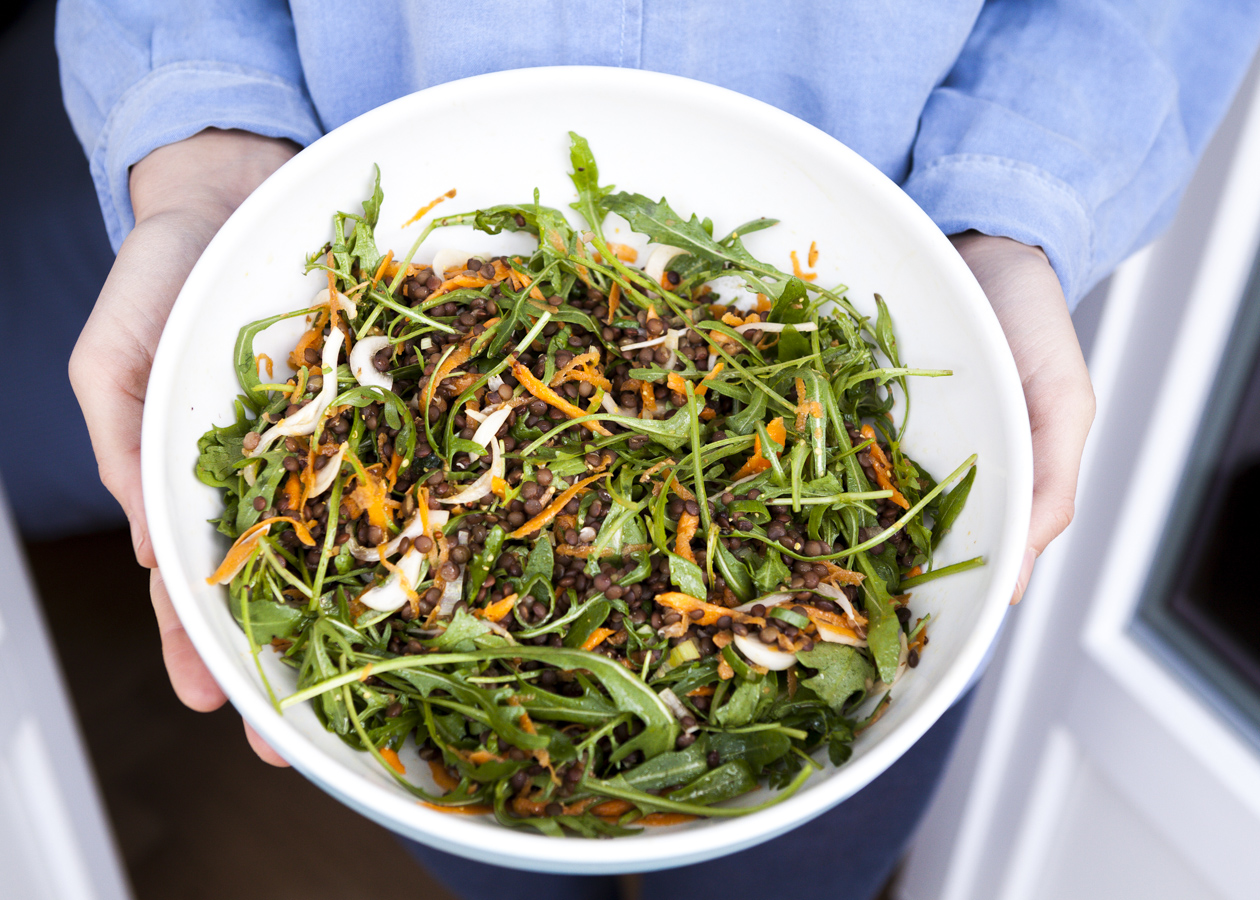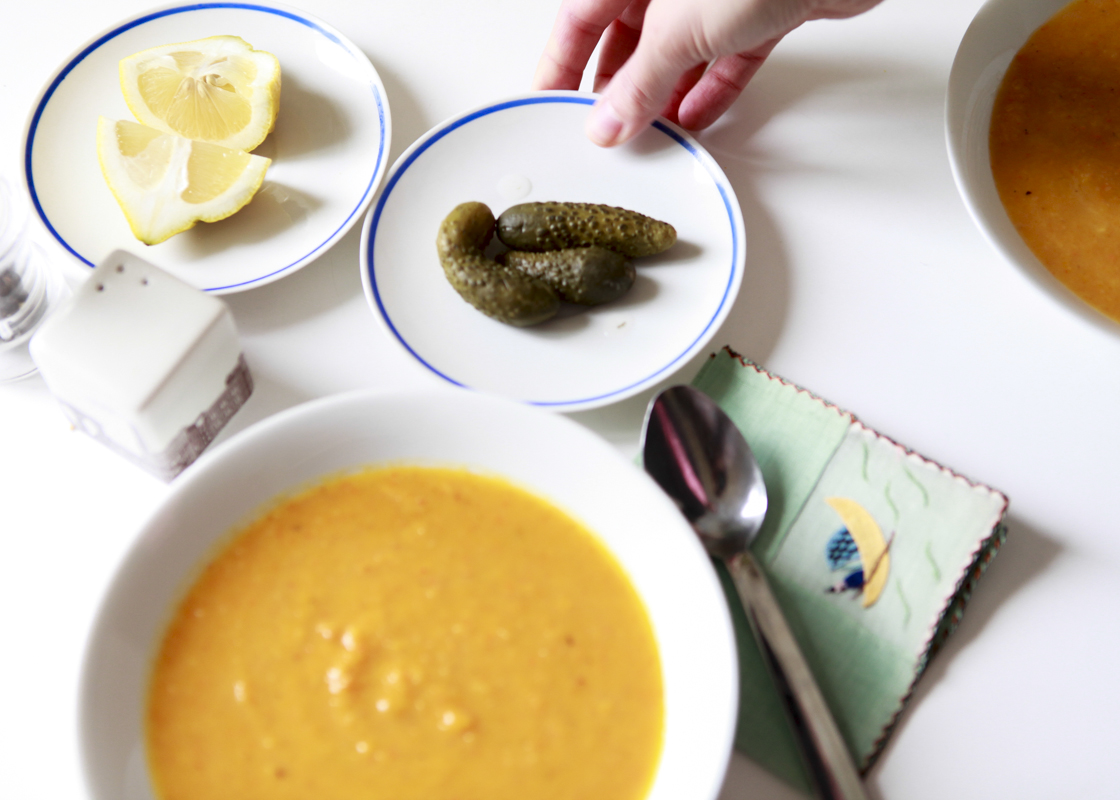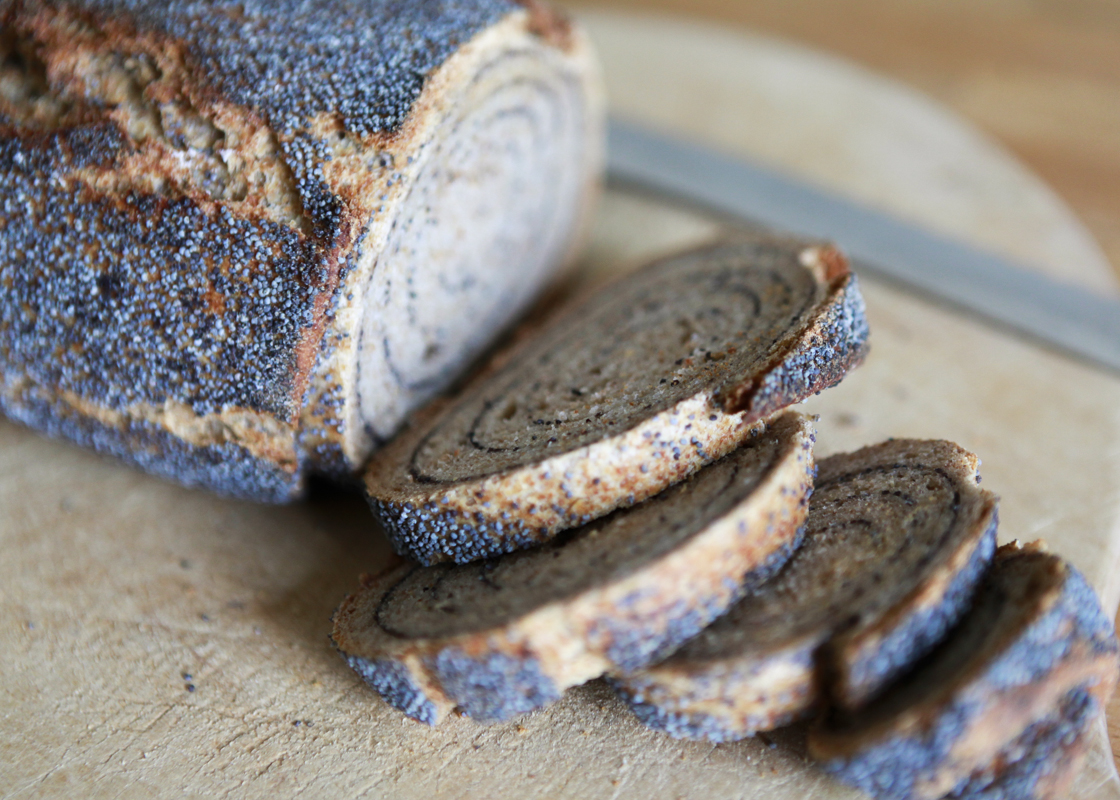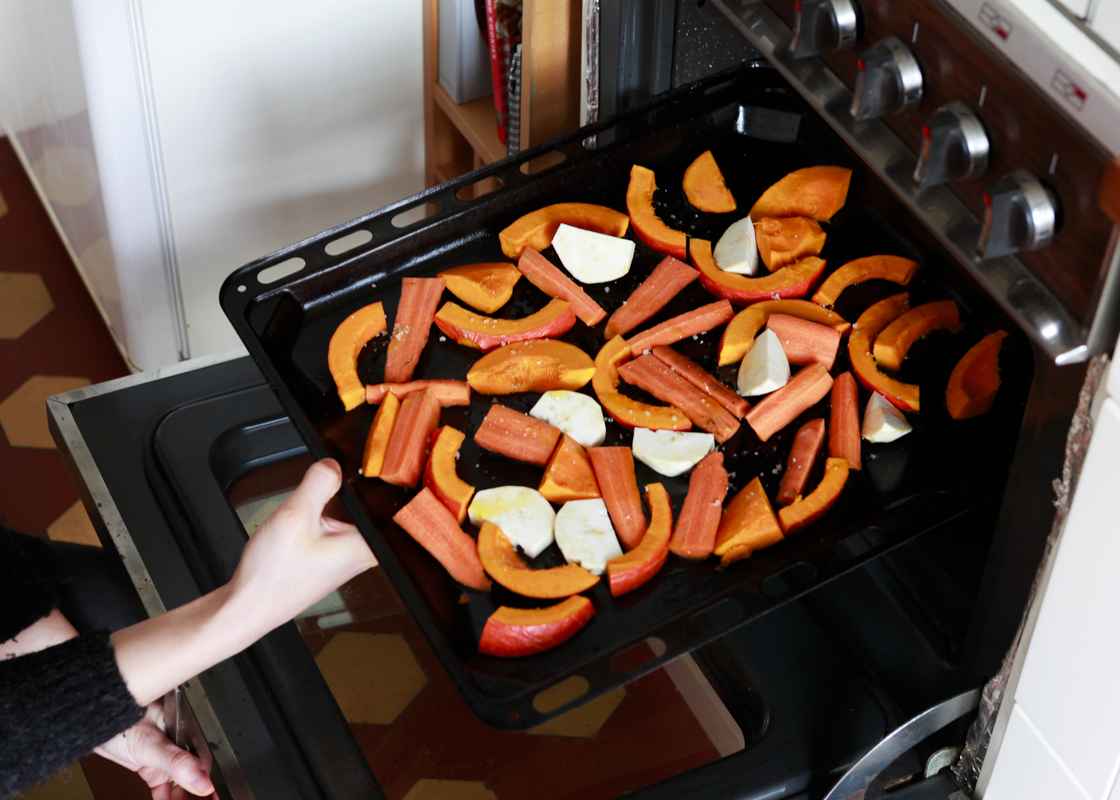I met Maria during the tail-end of my nutrition studies and was immediately drawn to her intelligent, confident and good-humored nature (and this amazing crocheted sweater that, if I recall correctly, her grandmother made her). Though we didn’t get to spend too much time together, we were able to share a few special moments bonding over bone-broth, Sweden and Sally Fallon.
I asked Maria to contribute to this space because her approach as a nutritionist is accessible & pragmatic and our perspectives on nutrition have much in common. That being said, our perspectives can also contradict each other. (For example, I believe raw dairy products are most nutritious in the Spring, when cows are eating the rapidly-growing grass of the season, while Maria advises against dairy consumption during this upcoming season). Nutrition is a complicated field! These contradictions are important as I believe that in order to make the most beneficial choices for you–in all your individual glory–, it’s important to have access to multiple (sometimes parallel and sometimes divergent) perspectives.
Maria is a holistic nutritionist practicing in Milwaukee, Wisconsin. Find out more about her and her practice here.
Embracing Nature’s Cleansing Season
At this time of year, many of us feel the weight of winter around us. The short days and colder weather are typically filled with less activity and more focused on keeping warm, well rested and satiated.
Winter is the time in nature to hibernate, nest and incubate our bodies in order to “survive” the harsher conditions. Although spring may feel light years away, the abundance that comes with the next season is enough to keep you trudging on through the snow.
With the snow beginning to melt, spring is full of opportunities, new beginnings and a shedding of excess that we no longer need. In nature, we see grass begin to grow, sprouts start to shoot up and birds returning home. It is the season for baby animals, rain showers and all things green.
Just like nature, we embrace the seasonal change in a variety of ways. Many of us change out our winter wardrobe for lighter materials and brighter colors while others enjoy the process of spring-cleaning their house.
Our bodies ebb and flow the same way as nature without us necessarily taking note of it. Spring is the natural detox season and for that reason, makes changing what we eat that much more important.
What does a spring diet look like? Simply take a look at what is growing around you during the season. You will notice a large amount of various greens, sprouts and bitter tasting vegetables like parsley and turmeric set the stage for natural detox.
Astringent foods such as cranberries, blueberries and even lemon increase our body’s ability to clean up and clear out the excess that may accumulate in the winter.
Leaner cuts of meat such as chicken, turkey and fish are a better fit for the spring, as we tend to decrease our intake of high fat, good insulating foods and lean more towards high fiber, cleansing foods.
Dairy is typically decreased, as it can be more mucus forming in an already mucus-centric season while salads and clear broth soups are perfect for dealing with the seasonal dampness.
Here is a list of foods that are perfect to eat during the Spring season:
Asparagus, Bell Peppers, Cabbage, Celery, Green Beans, Mushrooms, Parsley, Radishes, Spinach, Swiss Chard, Turnip, Watercress, Dried Fruit, Berries, Pomegranates, Raw Honey, Leaner Meats, Rice or Goat Milk, Pumpkin Seeds, Pine Nuts, Sunflower Seeds, Clove, Mustard, Black Pepper, Dandelion, Cardamom, Ginger, Cinnamon
Depending on where you live, spring can be drastically different in weather and available crops. However, know that by choosing to eat with seasons can be done anywhere and enhanced by choosing local as much as possible. Eating what is locally available ensures you are getting the best quality and nutrient dense foods.
Eating what nature provides season to season can make a difference in how you feel. Ailments such as allergies, seasonal cold/flu and sinus issues begin to decrease as energy is restored. You will notice a sense of calm and confidence in knowing your body is being fully nourished without the need of dieting or restricting. It can really be an empowering shift in the way you approach overall health, weight and happiness.
(Lauren's Note: Watercress & basil weren't available at our local market, so we used arugula instead with lovely results.)
Ingredients
- 2 cups green lentils
- 2 bay leaves
- 1/4 cup cumin powder
- 4 cups water
- 2 tbsp olive oil
- 1 medium carrot, shredded
- 3 stalks celery, chopped
- 1 bunch scallion, chopped
- 1/4 cup fresh basil, chiffonade
- 1 bunch watercress, chopped
- 2 tbsp lemon juice
- 1/2 tsp black pepper
- pinch sea salt
Directions
- Rinse and drain lentils. Place in pot with bay leaves and cover with cold water. Add cumin and bring to a boil. Lower heat, cover and simmer for 30-40 minutes, checking periodically for desired texture. When ready, drain and leave to cool.
- In a big bowl, mix chopped vegetables and lentils. Add olive oil, black pepper and lemon juice. Serve & enjoy!
Article and recipe by Maria Viall, CHHP. Photography by Lucas Olivet.





